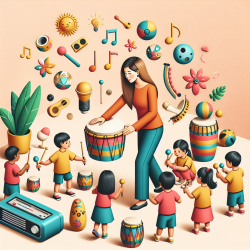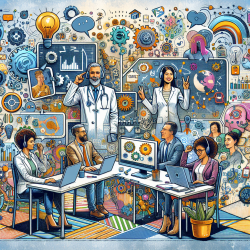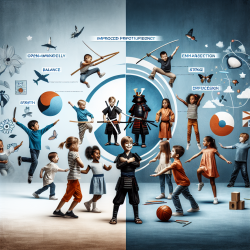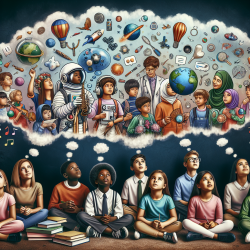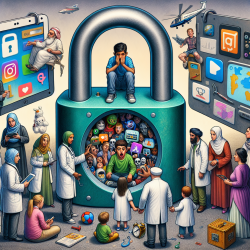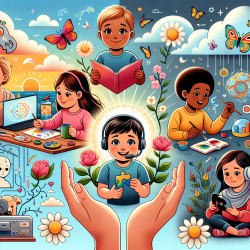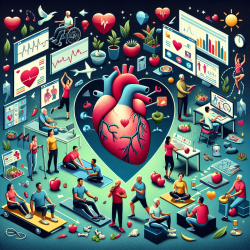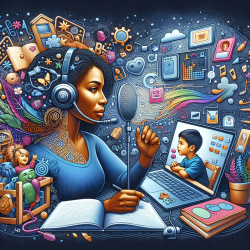In the realm of speech-language pathology, innovative approaches are crucial for achieving optimal outcomes for children. A recent review article titled "Can Dance and Music Make the Transition to a Sustainable Society More Feasible?" provides compelling evidence on how these art forms can be integrated into therapeutic practices to promote inner sustainability and prosocial behaviors. This blog aims to distill the key findings from the review and explore how practitioners can implement these insights to enhance their skills and improve therapeutic outcomes.
Key Findings from the Research
The review highlights several critical ways in which dance and music can contribute to inner sustainability and prosocial behaviors:
- Self-Awareness: Engaging in dance and music activities has been shown to enhance emotional regulation and self-awareness. For instance, children who participate in dance exhibit improved emotional competence and better communication of their feelings.
- Learning: Music and dance can significantly enhance cognitive abilities, including memory and learning outcomes. Children with dyslexia, for example, benefit markedly from musical interventions that aid in reading and writing skills.
- Care for Others: Dance and music foster social bonding and empathy. Group activities involving these art forms have been shown to increase trust and cooperation among participants, even from diverse backgrounds.
- Wellbeing: Participation in dance and music activities is associated with reduced stress levels, improved mental health, and enhanced overall wellbeing.
Implementing Dance and Music in Speech-Language Pathology
Given the compelling evidence, speech-language pathologists can consider incorporating dance and music into their therapeutic practices. Here are some practical steps to get started:
- Integrate Rhythmic Activities: Use rhythmic movements and musical exercises to help children improve their speech and language skills. For example, clapping games and rhythmic chanting can enhance phonological awareness and articulation.
- Group Sessions: Organize group therapy sessions that involve dance and music. These sessions can promote social interaction, cooperation, and empathy among children, leading to improved communication skills.
- Parental Involvement: Encourage parents to engage in musical activities with their children at home. Singing songs, dancing, and playing musical instruments together can reinforce therapeutic goals and strengthen family bonds.
- Professional Development: Stay updated with the latest research and training opportunities related to music and dance therapy. Consider collaborating with music therapists or dance therapists to enhance your practice.
Encouraging Further Research
While the existing evidence is promising, more research is needed to fully understand the mechanisms behind the benefits of dance and music in therapy. Practitioners are encouraged to contribute to this growing field by conducting their own studies and sharing their findings with the broader community.
Conclusion
Integrating dance and music into speech-language pathology can lead to significant improvements in children's emotional, cognitive, and social development. By adopting these innovative approaches, practitioners can create more engaging and effective therapy sessions that foster long-term positive outcomes.To read the original research paper, please follow this link:
Can Dance and Music Make the Transition to a Sustainable Society More Feasible? 